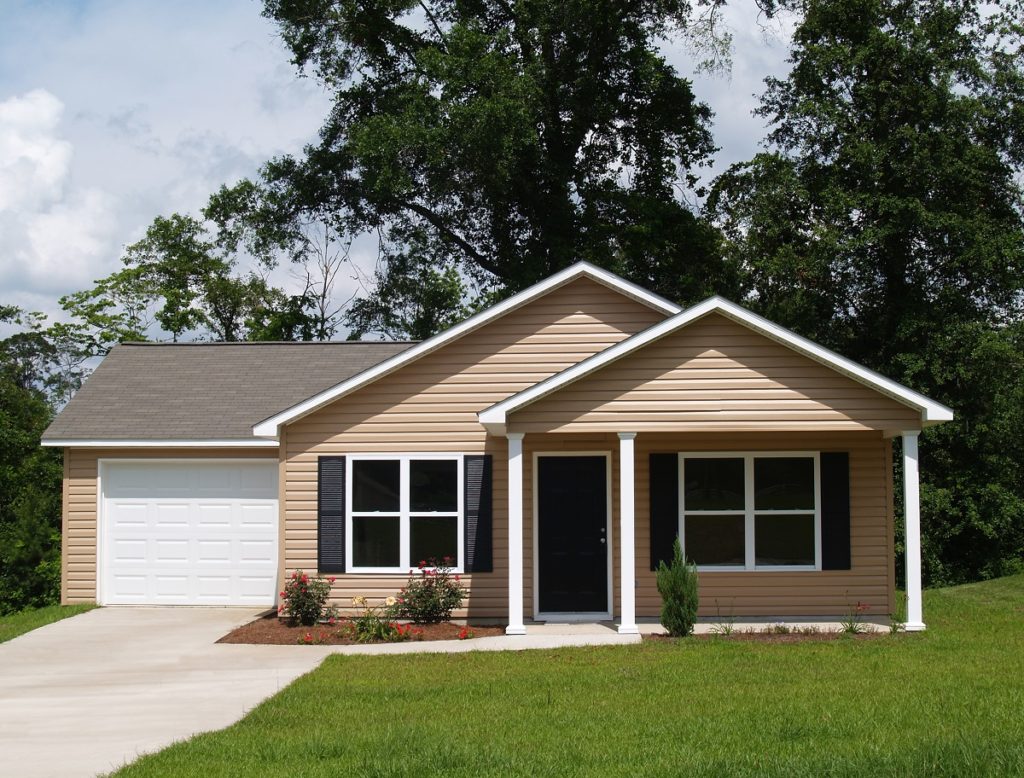Keeping your house in great shape has a lot to do with making it more resistant to its biggest enemy: Mother Nature. Wind, snow, rain, ice, extreme heat; all of these natural elements can be detrimental to your home’s quality and strength. And over time, nature will slowly but surely pick your abode apart; that is if you don’t know how to fight it.
To make your house more resistant to natural elements, here are the best strategies to incorporate in your maintenance plans:
Make your deck waterproof
Waterproofing your deck can yield a handful of significant benefits. For one, using a plywood outdoor deck waterproofing system makes your deck more resistant to moisture, which, in turn, reduces your deck’s susceptibility to mildew and mold growth. Waterproofing your deck also increases its strength. As a result, you spend less on maintenance costs and don’t have to worry about replacing your deck anytime soon.
Replace your roof
If your roof is near falling apart or showing signs of permanent damage, it might be high time for a replacement. While you’re at it, it’s also best to construct your roof to be more resistant to wind, especially if you live in an area that is prone to hurricanes.
There are several factors that affect a roof’s wind resistance. First, the roof style has to be more aerodynamic to stand against strong winds. Hip roofs show better wind resistance compared to other roof styles. Second, specialized hurricane nails and trusses should be used to make the roof more resistant to winds and help prevent the material from flying off. Lastly, the roofing material used should be specially designed to resist wind damage as well as impact, especially if your area constantly experiences hurricanes that are strong enough to send objects flying.
Apart from wind, you also need to protect your roof from extreme heat to prevent shingle damage. Apply a protective coat on your roof and install vapor barriers to give it extra protection against UV rays. If you fail to do so, you might end up with cracked shingles and roof warping that can be very expensive to repair.
Use weatherproof paint
Extreme temperatures can cause your exterior paint to peel, crack, expand, and contract. Rain can and high humidity, on the other hand, can promote the growth of mold, mildew, and algae on your paint.
To avoid these unpleasant effects of nature on your exteriors, paint your house with specialized weatherproof paint. If you live in a hot and arid area, use paint that neutralizes UV rays and resists extreme heat damage. If you live in a rainy and humid area, use paint that prevents moisture from seeping in. There is also paint that can form a flexible bond with the exterior of your home, which helps protect it all-year-round.
Insulate your pipes
During the winter, the extreme cold can cause water in the pipes to freeze, which can lead to bursting and eventual water damage. The best way to avoid this disaster is to insulate your pipes, especially in garages, attics, and basements, where there is usually no heat. Moreover, be sure to drain outdoor faucets and sprinkler systems before the temperature drops significantly.

Hydrate the soil around your foundation
When the soil surrounding your home’s foundation dries up, it shrinks and causes the soil to separate from the foundation’s footing. If you are unlucky enough, this shift can cause major problems for your foundation, which can manifest in unaligned doors and offset windows in your home.
During the summer, always ensure that the soil on your property is well hydrated, particularly around your foundation. It’s recommended to use programmable sprinklers so that you don’t forget, but watering manually is fine as long as you keep the moisture levels consistent.
Keep your gutters clean
Keeping your gutters free from debris will help protect your house from water and ice damage. If your gutters are clogged when it is raining, the water can spill over the side of your gutters and lead to structural damage, foundation problems, mold growth, and basement flooding, among other issues.
On the other hand, if your gutters are clogged when it is snowing, ice dams can form and cause your gutters to tear away from the roof because of the weight. Moreover, when the ice dams melt, it can cause similar issues such as the ones mentioned above.
With these simple strategies, you can make your home more resistant to the damage caused by the elements. In doing so, you can make your house last longer while keeping your maintenance costs low–and more importantly, you can avoid the potential dangers that can be caused by weather-related house damage.







